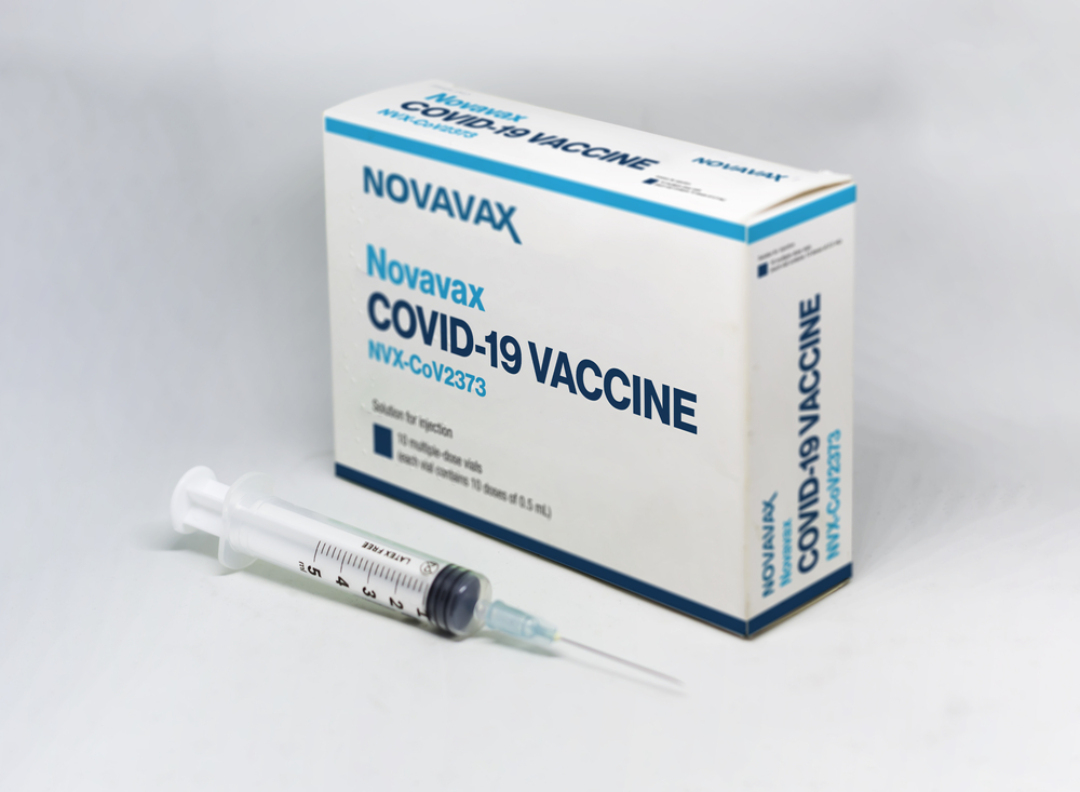
SHIELD-Utah Study Shows Novavax’s COVID-19 Vaccine Induces Lower Reactogenicity Symptoms Compared to mRNA
On Apr. 15, 2025, Novavax announced preliminary results from the SHIELD-Utah study (Study of Healthcare Workers and First Responders Investigating Effects of Systemic and Local reactogenicity of COVID-19 Vaccine Doses in Utah) that showed Novavax’s COVID-19 Vaccine, Adjuvanted (2024-2025 Formula) targeting the JN.1 strain resulted in fewer and less severe reactogenicity symptoms, when compared with the Pfizer-BioNTech mRNA 2024-2025 vaccine.
This real-world study conducted between September and December 2024 in partnership with the University of Utah Health, also showed that the impact of symptoms on daily activities, including work and family responsibilities, was lower in recipients of Novavax’s vaccine.
As in previous studies, the SHIELD study found health care workers who received the Novavax vaccine reported significantly fewer reactogenicity events than Pfizer-BioNTech recipients. On average, Novavax recipients experienced 1.7 symptoms versus 2.8 systemic symptoms in Pfizer-BioNTech recipients; 43.8% of Pfizer-BioNTech recipients experienced at least one symptom of Grade 2 or higher compared to 24.2% of Novavax recipients.
Local reactogenicity events also showed an absolute difference of 12.5% fewer in Novavax recipients versus Pfizer-BioNTech recipients. The impact of symptoms on daily activities, including work, showed the hours of reduced activity were lower in Novavax recipients versus Pfizer-BioNTech recipients (mean=0.7 vs 1.4h and mean=0.8 vs 2.4h for missed work and less productivity, respectively).
SHIELD-Utah was a prospective, interventional study (NCT06633835) conducted at the University of Utah Health. Participants received their choice of the COVID-19 vaccine (219 Novavax; 369 Pfizer-BioNTech), and were asked to complete a post-vaccination questionnaire, including reactogenicity symptoms and impact on daily activities/work, two days and seven days post-vaccination. Participants included physicians (20.4%), nurses/nurse practitioners (19.2%) and medical assistants (11.9%).
Tags:
Source: Novavax
Credit:
